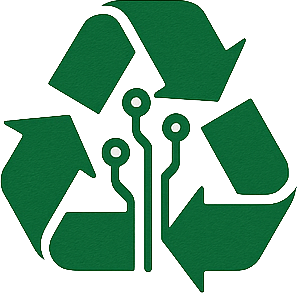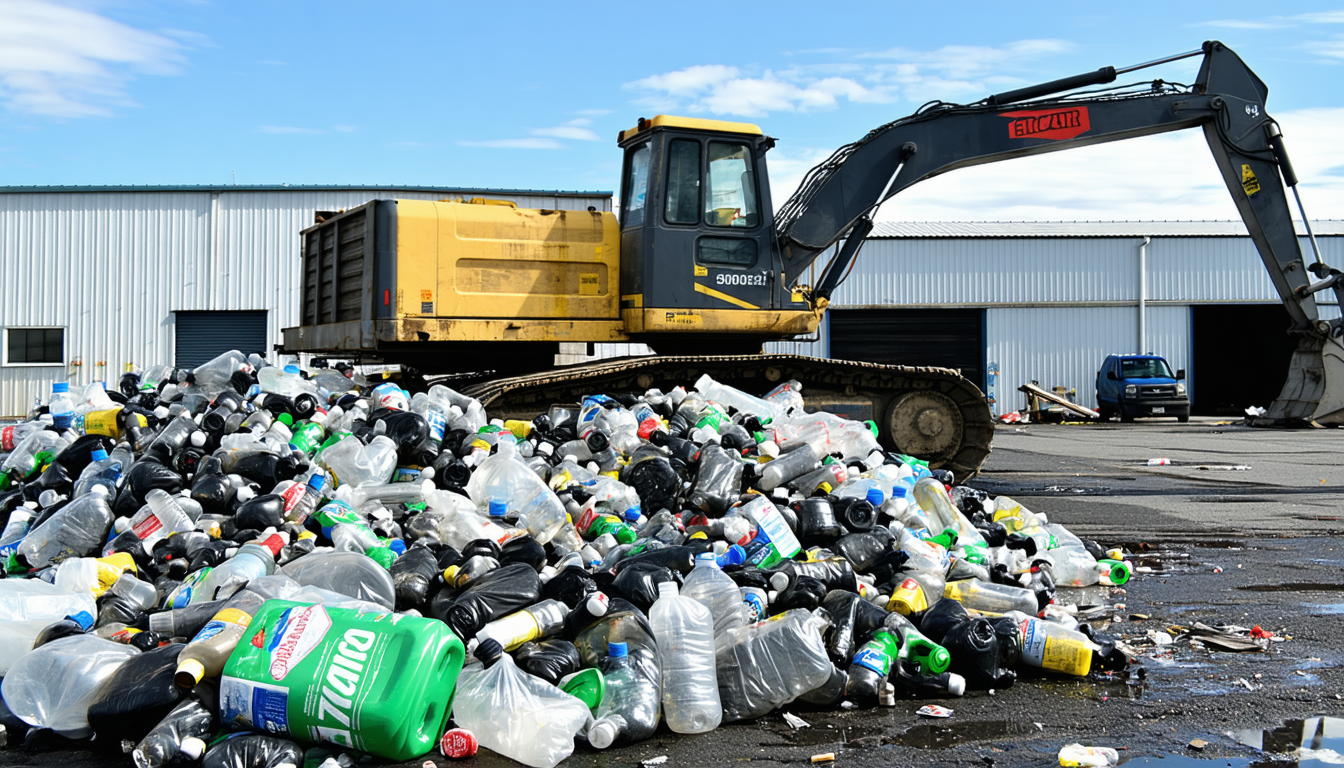In the United States, the safe handling and disposal of chemical waste have become pressing concerns for communities, businesses, and environmental advocates. With industrial activities generating hazardous byproducts, improper disposal poses risks to public health and ecosystems. This article explores the latest developments in chemical waste disposal options, regulations, and resources available to Americans searching for “chemical waste disposal near me.” From updated federal guidelines to local services, we uncover critical information to help individuals and companies manage chemical waste responsibly.
The Growing Need for Safe Chemical Waste Disposal Near Me
Chemical waste, ranging from industrial solvents to household cleaners, requires specialized handling to prevent contamination of soil, water, and air. According to the Environmental Protection Agency (EPA), over 30 million tons of hazardous waste are generated annually in the U.S., with a significant portion coming from manufacturing sectors. Improper disposal can lead to severe consequences, including fines, health hazards, and environmental damage. As awareness grows, more residents and businesses are seeking accessible solutions for chemical waste disposal near their locations.
The urgency is clear: local disposal services and regulatory compliance are vital to mitigating risks. This article delves into how federal and state programs are addressing these challenges and what options are available for safe disposal across the country.
Federal and State Regulations on Chemical Waste Management
The EPA oversees chemical waste disposal under the Resource Conservation and Recovery Act (RCRA), which sets strict guidelines for handling hazardous materials. In 2023, the agency reported that over 20,000 facilities are registered for proper waste management, ensuring compliance with safety standards. Recent updates to RCRA emphasize reducing waste at the source and promoting recycling initiatives.
States also play a crucial role by tailoring regulations to local needs. For instance, California’s Department of Toxic Substances Control operates numerous collection events annually, while Texas offers online tools to locate nearby disposal sites. These efforts aim to make chemical waste disposal near me more accessible for residents and small businesses.
Local Solutions: How to Find Disposal Services
Finding a reliable service for chemical waste disposal near me can be straightforward with the right resources. Here are key steps to locate options in your area:
- Visit the EPA Website: Use the agency’s hazardous waste facility locator tool to find certified centers.
- Contact Local Authorities: Many municipalities host periodic collection events for household hazardous waste.
- Check State Programs: States like New York and Florida provide hotlines for guidance on nearby facilities.
- Partner with Private Companies: Firms like Clean Harbors and Stericycle offer pickup services for businesses generating chemical waste.
These resources ensure that both individuals and organizations can dispose of hazardous materials without risking environmental harm or legal penalties.
Impact on Communities and Businesses
Improper chemical waste disposal affects more than just the environment; it impacts community health and local economies. Contaminated water sources have been linked to health issues in areas with lax enforcement, while businesses face fines exceeding $50,000 per violation under EPA rules. According to Dr. Emily Harper, an environmental scientist at GreenTech Solutions, “Safe disposal practices are non-negotiable. They protect not only our natural resources but also the livelihoods of those in affected regions.”
For small businesses, navigating disposal requirements can be daunting due to cost and complexity. However, many states now offer subsidies or free collection days to ease the burden, fostering compliance without financial strain.
Future Outlook: Innovations and Challenges Ahead
Looking forward, advancements in waste treatment technology promise to revolutionize chemical waste disposal near me. Innovations like plasma gasification can convert hazardous materials into energy, reducing landfill use. The EPA projects that such technologies could cut hazardous waste volumes by 15% by 2030 if widely adopted.
Yet challenges remain, including funding shortages for local programs and varying state regulations that confuse businesses operating across borders. Balancing economic growth with environmental protection will require collaboration between policymakers, industry leaders, and communities.
Conclusion: Taking Action on Chemical Waste Disposal
Safe chemical waste disposal is a shared responsibility that demands attention from individuals, businesses, and governments alike. With millions of tons of hazardous materials produced each year in the U.S., leveraging local resources and adhering to regulations is essential. By using tools provided by the EPA and state agencies, Americans can easily find “chemical waste disposal near me” options tailored to their needs. As technology evolves and awareness grows, there’s hope for a future where hazardous waste no longer threatens our health or environment.
Frequently Asked Questions (FAQs)
1. How can I find chemical waste disposal near me in the U.S.?
Use the EPA’s online locator tool, contact your local government for collection events, or consult state environmental agencies for nearby facilities.
2. What qualifies as chemical waste?
Chemical waste includes industrial solvents, paints, pesticides, batteries, and household cleaners that pose risks if not disposed of properly.
3. Are there penalties for improper chemical waste disposal?
Yes, violations of EPA or state regulations can result in fines up to $50,000 per incident, along with potential legal action.
4. Can small businesses access affordable disposal services?
Many states offer subsidies, free collection days, or partnerships with private companies to help small businesses manage costs.
5. What innovations are shaping chemical waste management?
Technologies like plasma gasification are emerging as sustainable solutions to convert waste into energy, reducing environmental impact.





